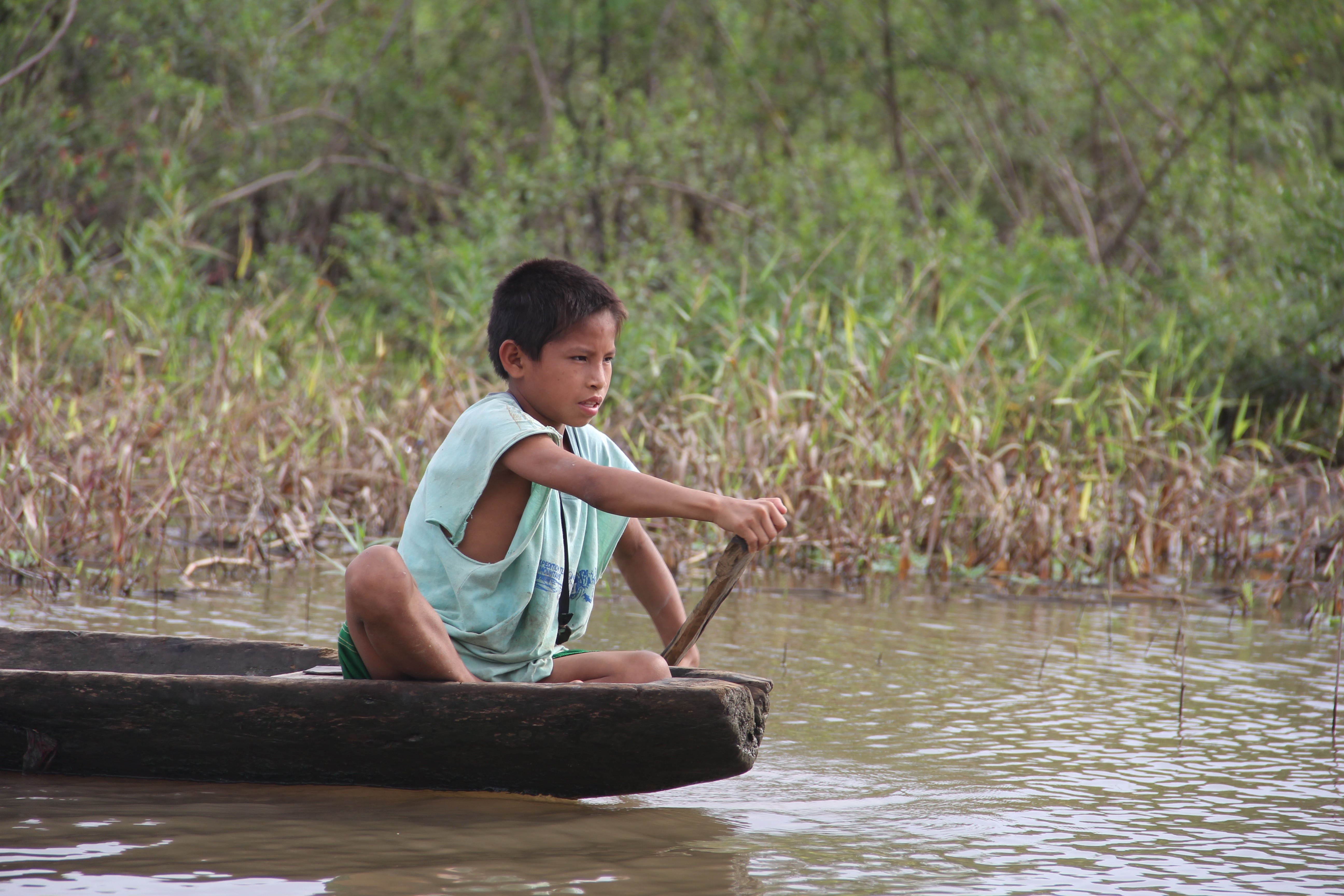
Improved Methodologies Highlight the Value of Forests for Green Growth
Forests may literally be a source of green growth.
According to the UN Framework Convention on Climate Change (UNFCCC), investing in forests gets us as much as one third of the way towards the mitigation goals that many studies say are necessary by 2030.
So much for the ‘green’ – what about the ‘growth’?
With support from the World Bank, PROFOR and WAVES, serious statistical efforts are underway to determine how much forests contribute to economic growth and development – fundamental information if countries are to manage their forests sustainably, rather than deplete them for short-term gains.
The World Bank has long published sustainability data through indicators like comprehensive wealth accounts and Adjusted Net Savings (ANS). ANS takes into account investments in human capital, the depletion of natural resources (energy, minerals and forests), and damage from carbon dioxide and air pollution. Where Gross Domestic Product (GDP) accounts for annual changes in production and income, ANS and other wealth accounting indicators consider the wealth that underpins long-term economic growth, including natural capital. World Bank Economist Esther Naikal explains it this way:
“A country could have high GDP growth in the near-term by running down its assets, particularly its natural resources. More comprehensive indicators like ANS provide additional information on whether that economic growth is sustainable in the longer-term. Positive ANS indicates an investment in the future—that a nation is accumulating the assets needed to build up its wealth and ensure its economic growth over the longer term. Years of negative ANS, on the other hand, suggests that a country is running down its capital stock and is on an unsustainable growth path. For the forest sector, by measuring net forest depletion where we account for a country’s over-harvesting of timber, we can flag countries where net forest depletion is a driving factor behind negative ANS, in order to highlight the need for sustainable policies and resource management.”
As part of a broader effort to improve the World Bank wealth methodology and data, Naikal, with researchers at Resources For the Future (RFF), Applied Geosolutions and others, are working together under the “Improving the Forest Database to Support Sustainable Forest Management” activity to come up with more accurate estimates of forest wealth. In a series of three working papers, the team provides updated methodologies for the valuation of both wood and non-wood wealth.
Wood products have previously been valued using a 5-year average timber export price, combined with estimated rental rates[i] calculated at the regional level. This methodology relies on readily available data, but ignores the characteristics of domestic markets, which may be as large or larger than export markets, and involve different types and qualities of woods - all of which may lead to lower prices. Using updated domestic timber prices and “stumpage” prices (the price of standing timber and the right to harvest it) from regionally representative countries, the team estimated an adjusted regional rental rate factor that better reflects the different values between domestic and export timber markets.
For non-wood forest wealth, the previous valuation methodology was also found to be outdated. Naikal noted, “The non-wood wealth valuation drew upon older country case studies on the per-hectare-dollar benefit from various forest goods and services, to come up with values differentiated only by developed and developing country and service type. The old methodology did not account for important country-specific factors such as forest type, socio-economic data, population density, or forest accessibility.”
To address these deficiencies, the study’s authors looked at all of the forest ecosystem services valuation studies over the last few years and developed models to predict values for ecosystem services, including recreation, hunting and fishing; non-wood forest products; water services; and habitat/species protection. By using estimates from the valuation literature combined with local data on forest and other country characteristics, they produced a global database on the value of non-wood ecosystem services from forests.
Importantly, this new approach finds that global non-wood forest wealth is about 2.7 times greater than under the old methodology – and this figure would be even larger if it included estimates for habitat and species protection (which are difficult to incorporate). Driving this increase in wealth are higher values for water and recreation services for forests. While estimates vary between countries, this result improves understanding of the overall significance of non-wood forest wealth as part of nations’ natural assets and their potential for green growth. Smart policies will reflect these new values in ways that protect and enhance the many aspects of forest wealth.
“Now we have value estimates for countries that lack this kind of information about their forests,” said Naikal. “In World Bank work, this data could be particularly useful for countries with forest-dependent communities or countries facing rising trends in deforestation. More and more, this overall wealth accounting approach and data are being incorporated into the World Bank’s Systematic Country Diagnostics, which could then inform decision-making.”
Results from this work will be highlighted in the upcoming The Changing Wealth of Nations 2016 report on comprehensive wealth accounts, and incorporated into the ANS data published annually by the World Bank in the World Development Indicators and the Little Green Data Book.
[i] “The resource rent of a natural resource is the total revenue that can be generated from the extraction of the natural resource, less the cost of extracting the resource (including a normal return on investment to the extractive enterprise)” (Source: WTO).
For stories and updates on related activities, follow us on twitter and facebook, or subscribe to our mailing list for regular updates.
Last Updated : 06-16-2024








